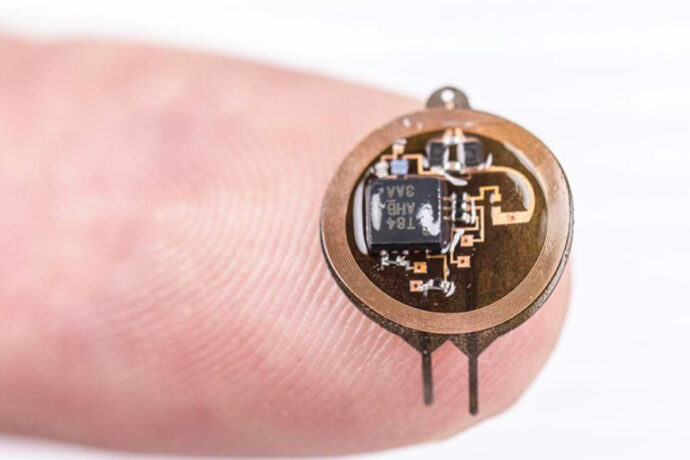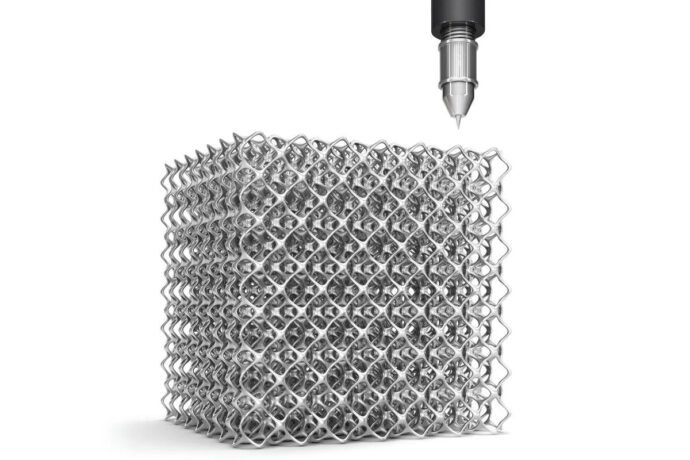
The surge in global demand for batteries, driven by the need to electrify vehicles and store renewable energy, has spotlighted the environmental drawbacks of lithium-ion batteries. While lithium batteries dominate the market, concerns about their recyclability, water-intensive extraction process, and environmental impact have spurred innovation in search of greener alternatives. This article examines emerging battery technologies that offer promising solutions to address the sustainability challenges posed by lithium batteries.
1. Sodium-ion Batteries:
Sodium-ion batteries, utilizing sodium instead of lithium, offer a more sustainable alternative with widespread availability and lower water intensity in extraction.
Faradion’s sodium-ion batteries are gaining traction in energy storage applications, presenting a viable option for renewable electricity storage.
2. Challenges of Lithium-ion Batteries:
The recycling process for lithium-ion batteries remains complex and energy-intensive, contributing to environmental concerns.
Lithium extraction methods, such as evaporation ponds and hard rock mining, pose environmental risks, including water contamination and carbon emissions.
3. Promising Alternatives:
Sodium-ion batteries feature safety advantages and ease of manufacturing, leveraging existing lithium battery production infrastructure for scalability.
Solid-state batteries offer enhanced safety and energy density, although current manufacturing costs present a barrier to widespread adoption.
4. Sodium-ion Battery Advancements:
Despite lower energy density compared to lithium batteries, sodium-ion batteries demonstrate potential for large-scale energy storage applications.
Ongoing research aims to address challenges such as charging cycle limitations to enhance the viability of sodium-ion batteries for diverse use cases.
5. Lithium-sulphur Batteries:
Lithium-sulphur batteries leverage abundant sulphur resources, offering a more sustainable alternative to conventional lithium-ion batteries.
While lithium-sulphur batteries exhibit higher energy density, challenges such as poor chargeability and dendrite formation require further innovation for widespread adoption.
The quest for sustainable battery technologies extends beyond lithium-ion batteries, with sodium-ion and lithium-sulphur batteries emerging as promising alternatives. While each technology presents unique advantages and challenges, diversification in battery technology offers a path towards addressing environmental concerns and advancing the global transition to green energy. Continued research and innovation are essential to unlocking the full potential of these alternatives and ensuring a more sustainable future for energy storage



